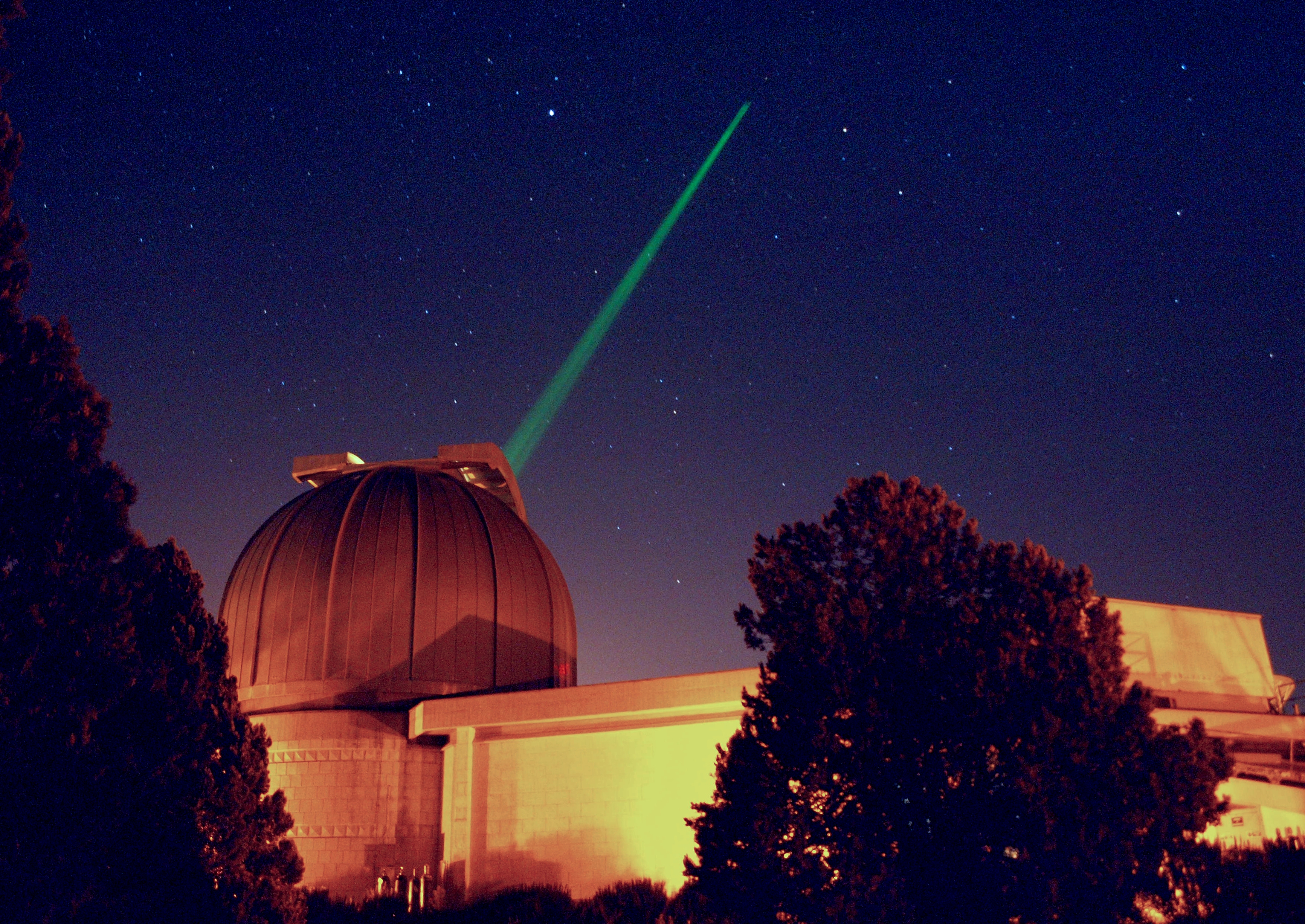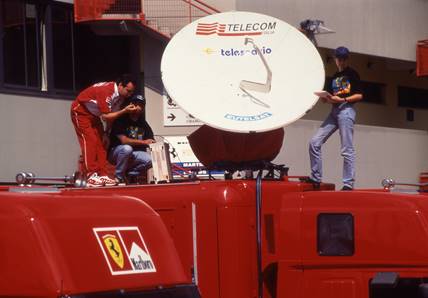22 March 2021
Confirmations and new horizons. For Telespazio, the early eighties were marked by two important names: Intelsat and Italsat.
On the one hand, the Italian company was entrusted once again with ordinary traffic management, telemetry and in-orbit control of NASA’s satellite, now at its fifth launch. On the other, an agreement was signed with the CNR for a preliminary study on what were to become the first satellites managed directly by the Italian Space Agency.

Just a decade after receiving the first Landsat data, Telespazio takes another important step in the field of Earth observation: in 1983, it obtains the management of the Space Geodesy Center in Matera from ASI.
Meanwhile, Italy was facing one of the worst natural disasters in its history. At 19.34 on 23 November 1980, Campania and Basilicata trembled for 90 consecutive seconds. Three thousand people died, ten thousand were wounded and almost 280,000 were evacuated.
Communications between the rescue centres and the areas hit by the catastrophe were being dramatically slowed down by damage to the telephone network, and the Neapolitan newspaper Il Mattino urged the authorities in big type to “Do something quick”.
The Irpinia tragedy was a lesson for the entire country and motivated Telespazio to develop a communication system with which to tackle emergencies more efficiently. Known as the Argo program, this system was based on 12 small transportable satellite antennas (VSATs), in addition to one television and two phono channels, three military helicopters for television reconnaissance, and 110 fixed stations for the detection of seismic, volcanological and hydrogeological data. Submitted to the Civil Protection Department as early as 1981, Argo became operational in 1986.
Its technology, suitable for extremely diverse purposes, opened up a new area of business for Telespazio, which received orders from SNAM, Banca dell’Agricoltura, the Bank of Italy, the Italian Department of Motor Vehicles, and even Ferrari.

The ARGO program, inaugurated in 1986, was worth 37 billion Lire. The VSATs were also used in sports context: Ferrari used it to transmit motorhome data from the racetracks to Maranello.
Meanwhile, in Matera, the company was working on another front. In 1983, the Space Geodesy Operations Centre was inaugurated, with the aim of studying Earth's gravity and the movement of the continents, at the origin of seismic phenomena. And once again, Telespazio was put in charge.

